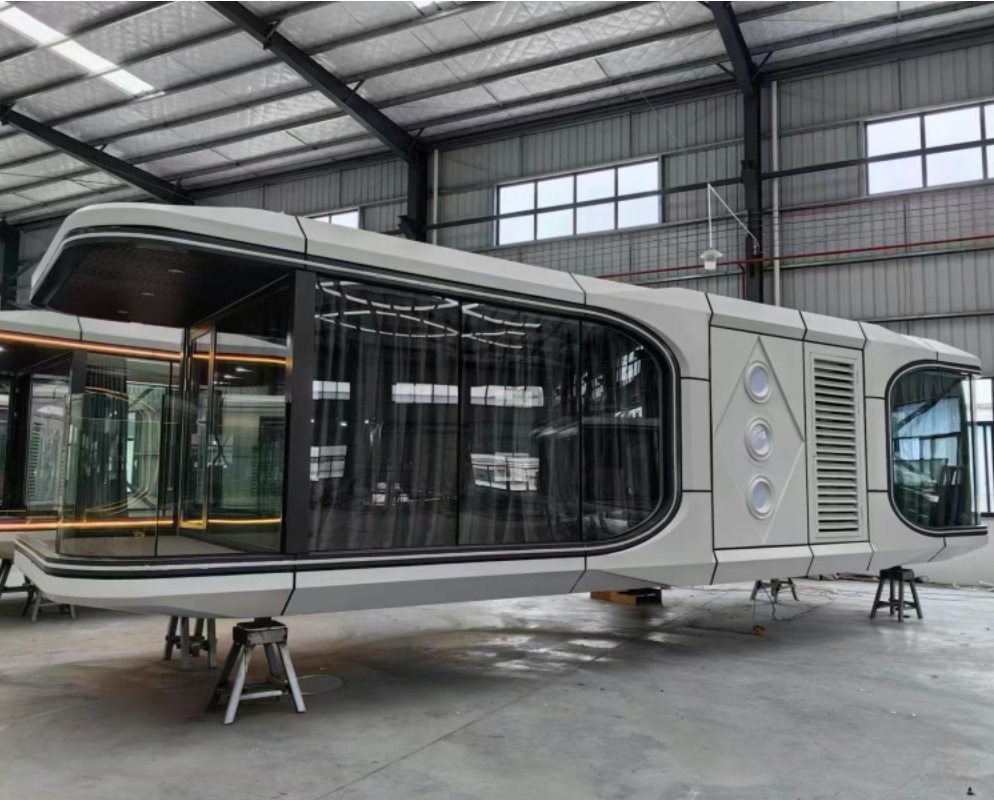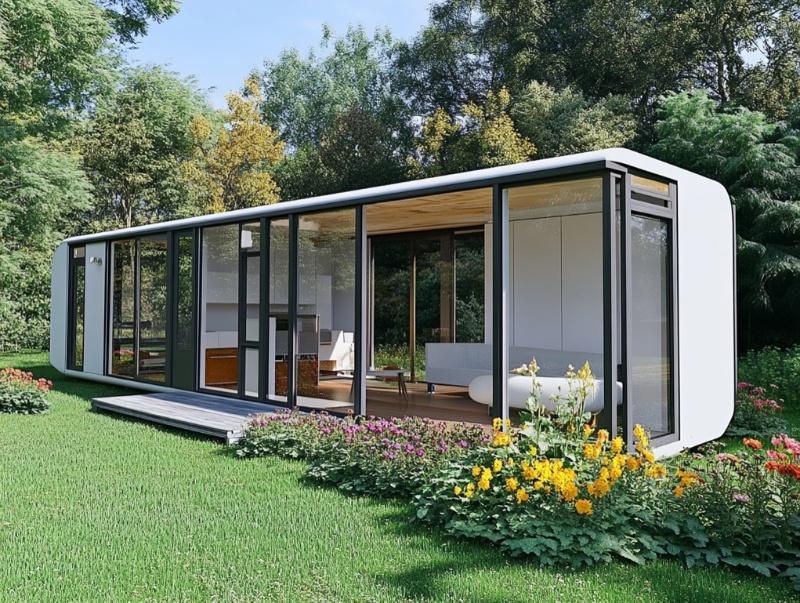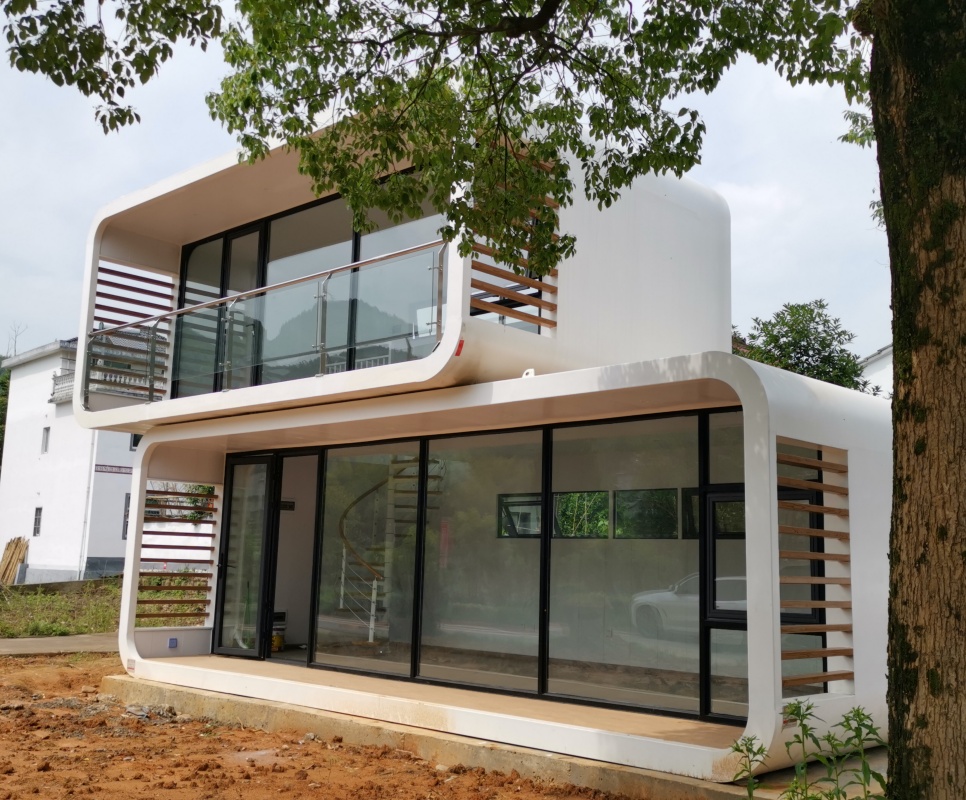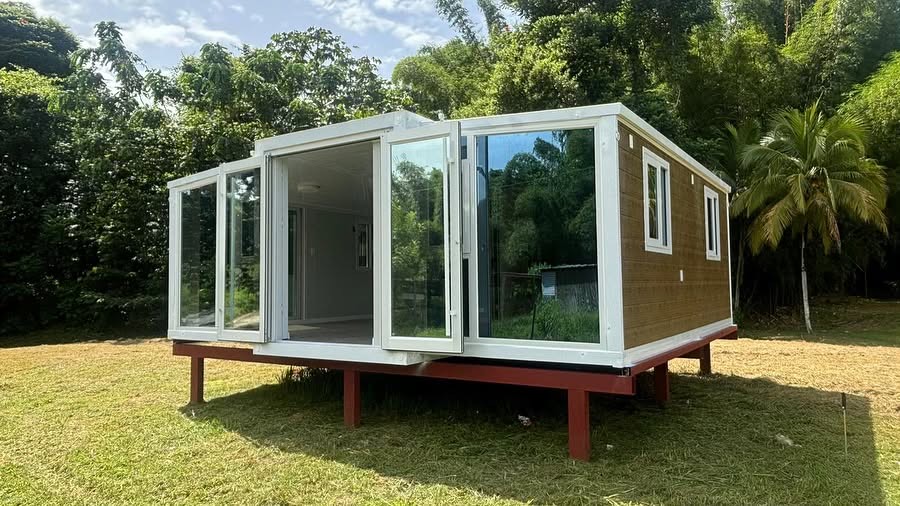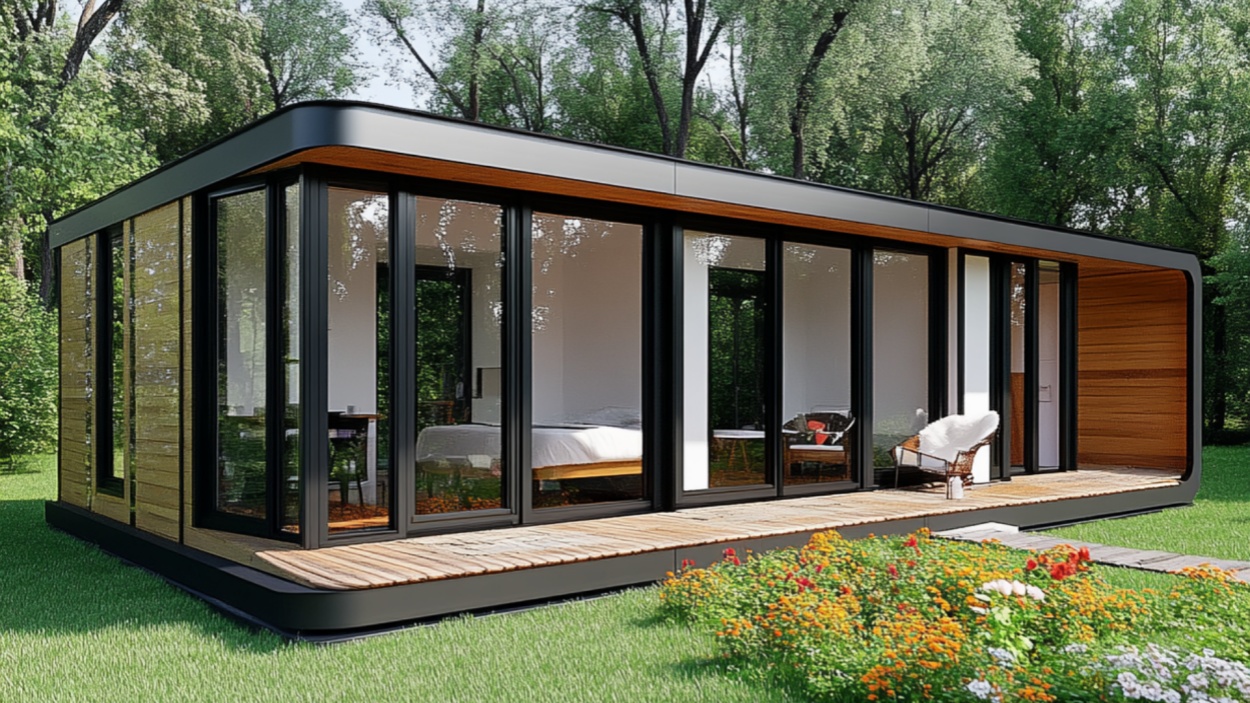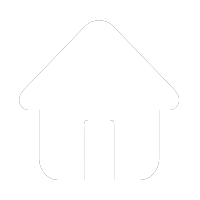Blog
Ka Laʻi Ola: Hawaii’s 450‑Unit Container Village Restores Lahaina

Table of Contents
-
Catalyzing Crisis: Lahaina’s 2023 Wildfire
-
What Is Ka Laʻi Ola? Scope & Vision
-
Fast-Track Development: 450 Homes in One Year
-
Who’s Building It: Container Manufacturer Partnerships
-
Funding & Policy Support
-
Resident Experience & Community Building
-
Technical & Infrastructure Challenges
-
Durability & Lifecycle Concerns
-
Economic & Social Impact
-
Lessons for Disaster Recovery
-
EasyPrefab’s Role in Scaling Container Housing
-
Conclusion: A Blueprint for Future Resilience
1. Catalyzing Crisis: Lahaina’s 2023 Wildfire
In August 2023, a raging wildfire ripped through Lahaina, Maui, destroying over 2,200 homes, claiming 101 lives, and displacing approximately 12,000 residents Amid this devastation, survival became one challenge—long-term housing became another. Traditional rebuilds ground to a bureaucratic and costly halt, with only six homes rebuilt by early 2025
2. What Is Ka Laʻi Ola? Scope & Vision
Ka Laʻi Ola—meaning “The Place of Peaceful Recovery”—is a 57-acre interim housing community initiated by Hawaii’s state government in collaboration with HomeAid Hawai‘i The plan includes 450 prefab container homes (studio to three-bedroom) for up to 1,500 hurricane survivors, with occupation starting in 2025 and rent support extending to 2029
3. Fast‑Track Development: 450 Homes in One Year
In April 2024, Governor Josh Green broke ground, kicking off rapid site prep work . By August 2024, the first families were moving into fully fitted container homes—only twelve months after the fire . By May 2025, over 640 residents occupied around 244 units, highlighting both speed and scale .
4. Who’s Building It: Container Manufacturer Partnerships
Manufacturers including NanoNest, Innova Homes, Harbinger Production, Kauhale Development, and Staus supply fully finished modular container homes starting at approximately $75,000 per unit, fitted with pre-installed plumbing, wiring, kitchens, and baths . These companies, initially focused on small-scale or vacation markets, rapidly retooled for disaster relief.
5. Funding & Policy Support
The $185 million project is funded through State Department of Human Services and Community Foundation grants (~$145M plus $40M) . Additional policy tools included emergency permitting, waived regulation, and expedited grading approval—turning tedious months-long processes into weeks .
6. Resident Experience & Community Building
Homes are grouped in social “pods” of 14–16, facilitating immediate community cohesion . Residents like Zoe Chesson describe regaining normalcy and support for their children in shared communal yards . Family-owned units support multi-generation living, while onsite services like childcare, counseling, and food banks strengthen resilience .
7. Technical & Infrastructure Challenges
Despite speed, infrastructure was complex:
-
Steep, lava-rock terrain required dynamite grading and galvanized pin foundations (#turn0search4)
-
Island shortages of water prompted construction of large storage tanks (#turn0search0)
-
Utility lines, sewage, and road building added $110 million to total costs (#turn0search1)
8. Durability & Lifecycle Concerns
Modular homes are expected to last 10 years with routine maintenance, with container shells rated at up to 40 years (#turn0search0). Concerns remain about resilience to Maui’s salt-air corrosion, storms, and wildfires. Durability will inform future emergency housing policy.
9. Economic & Social Impact
The development replaced expensive hotel stays (~$1,000/night) and stabilized rent pressures as local prices soared to $4,000 rent/month (#turn0search1, #turn0search12). This intervention saved tens of millions and reduced homelessness risk. It also retained residents—instead of migrating to the mainland due to housing instability (#turn0search12).
10. Lessons for Disaster Recovery
Ka Laʻi Ola offers a blueprint:
-
Prefabrication speeds shelter delivery
-
Public-private coordination eases scale
-
Modular homes can reset communities place-wise
-
Affordable sponsorship addresses FEMA gaps
Yet it raises questions: post-2029 land use, long-term cost, and regulatory frameworks—solutions awaiting legislation and funding.
11. EasyPrefab’s Role in Scaling Container Housing
EasyPrefab House is positioned to support:
-
Rapidly-built container homes suitable for deployment globally
-
Partners with local NGOs for site-ready delivery
-
Offers turnkey service: structural mods, shipping, installation
-
Provides OEM agreements to expand capacity in recovery zones
-
Ensures certifications and warranty solutions
They offer scalable solutions for future disaster relief and affordable housing crises.
12. Conclusion: A Blueprint for Future Resilience
Ka Laʻi Ola has proven that 450 people can be housed in high-quality, durable, and community-strengthening modular homes within a year after catastrophe. With strong public investment, NGO support, and manufacturer partnerships, the model delivers dignity and speed. As disasters escalate globally, this initiative stands as a hopeful template for quick, sustainable rebuilding—combined with long-term data that will shape policy and standards to come.
Pls check www.easyprefabhouse.com and send inquiry to dzswb@hzxiaoya.com




